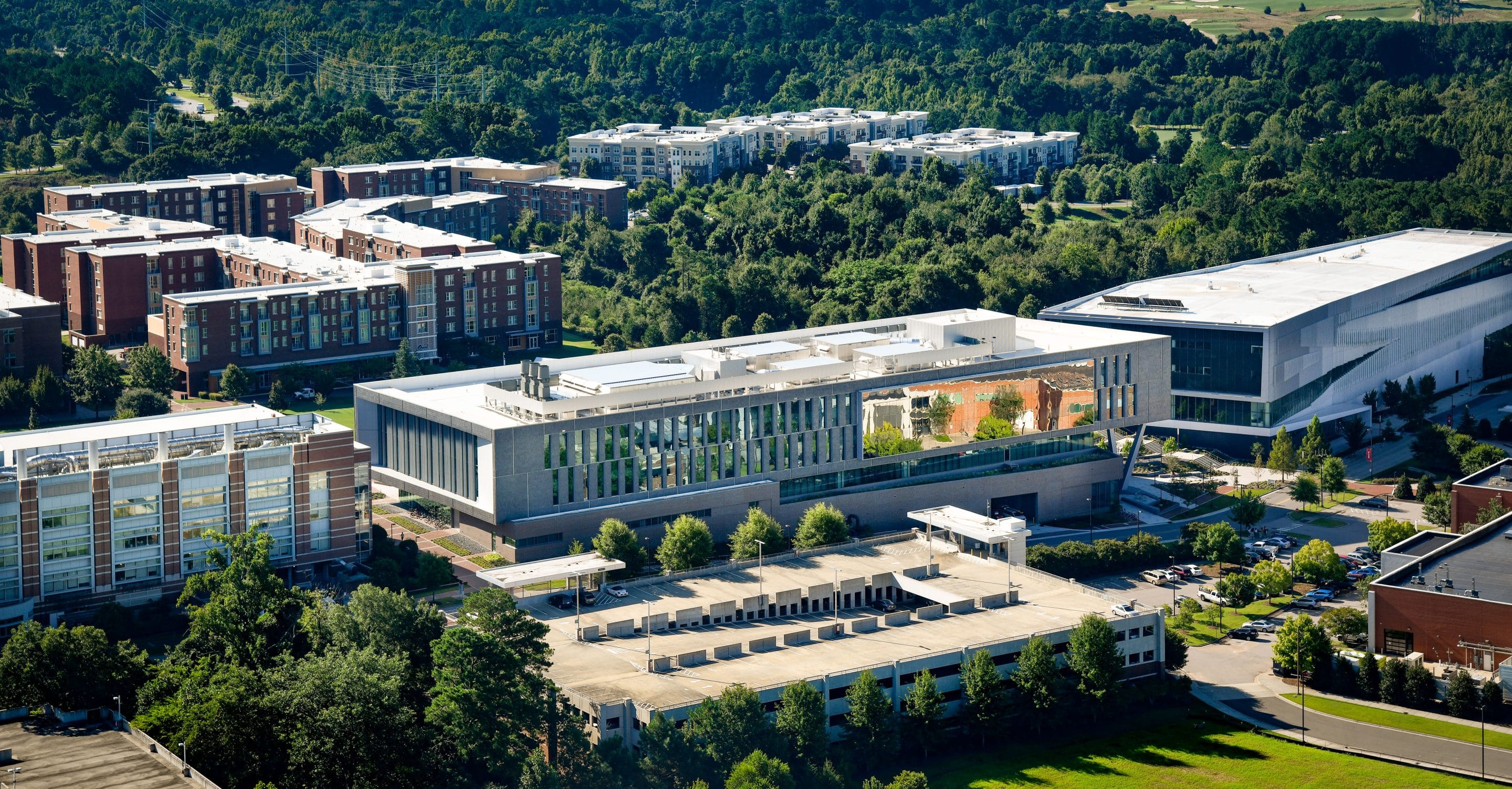
Electrical and Computer Engineering faculty members, Nuria González-Prelcic and Robert Heath, won the IEEE Vehicular Technology Society 2022 Best Vehicular Electronics Paper Award! The award recognizes the best paper relating to Vehicular Electronics published in the IEEE Transactions on Vehicular Technology.
The winning paper, IEEE 802.11ad-Based Radar: An Approach to Joint Vehicular Communication-Radar System, IEEE Transactions on Vehicular Technology, was awarded a certificate and $1,000 divided equally among all authors, including Preeti Kumari and Junil Choi. The award was presented at the VTC2022 Fall conference in London, September 26-29.
González-Prelcic joined the ECE faculty at NC State as an associate professor in 2020. She was previously an associate professor in the Signal Theory and Communications Department at the University of Vigo, Spain, and a Senior Research Scientist at the University of Texas at Austin. She was also the founding director of the Atlantic Research Center for Information and Communication Technologies (atlanTTic) at the University of Vigo. She is an editor for IEEE Transactions on Wireless Communication and an elected member of the IEEE Sensor Array and Multichannel Technical Committee.
Heath joined the ECE Department at NC State in August 2020. From 2002 to 2020, he was with the University of Texas at Austin where he was involved in the leadership of their wireless group. Heath is also President and CEO of MIMO Wireless Inc. Heath’s research interests include wireless communications cellular systems, public safety, and military networks, with recent applications to vehicular communication systems, 5G, and now 6G.
Abstract
Millimeter-wave (mmWave) radar is widely used in vehicles for applications such as adaptive cruise control and collision avoidance. In this paper, we propose an IEEE 802.11ad-based radar for long-range radar (LRR) applications at the 60 GHz unlicensed band. We exploit the preamble of a single-carrier physical layer frame, which consists of Golay complementary sequences with good correlation properties that make it suitable for radar. This system enables a joint waveform for automotive radar and a potential mmWave vehicular communication system based on the mmWave consumer wireless local area network standard, allowing hardware reuse. To formulate an integrated framework of vehicle-to-vehicle communication and LRR, we make typical assumptions for LRR applications, incorporating the full duplex radar operation. This new feature is motivated by the recent development of systems with sufficient isolation and self-interference cancellation. We develop single- and multi-frame radar receiver algorithms for target detection as well as range and velocity estimation for both single- and multi-target scenarios. Our proposed radar processing algorithms leverage channel estimation and time-frequency synchronization techniques used in a conventional IEEE 802.11ad receiver with minimal modifications. Analysis and simulations show that in a single-target scenario, a gigabits-per-second data rate is achieved simultaneously with cm-level range accuracy and cm/s-level velocity accuracy. The target vehicle is detected with a high probability (above 99.99%) at a low false alarm rate of 10−6 for an equivalent isotropically radiated power of 40 dBm up to a vehicle separation distance of about 200 m. The proposed IEEE 802.11ad-based radar meets the minimum accuracy/resolution requirement of range and velocity estimates for LRR applications.